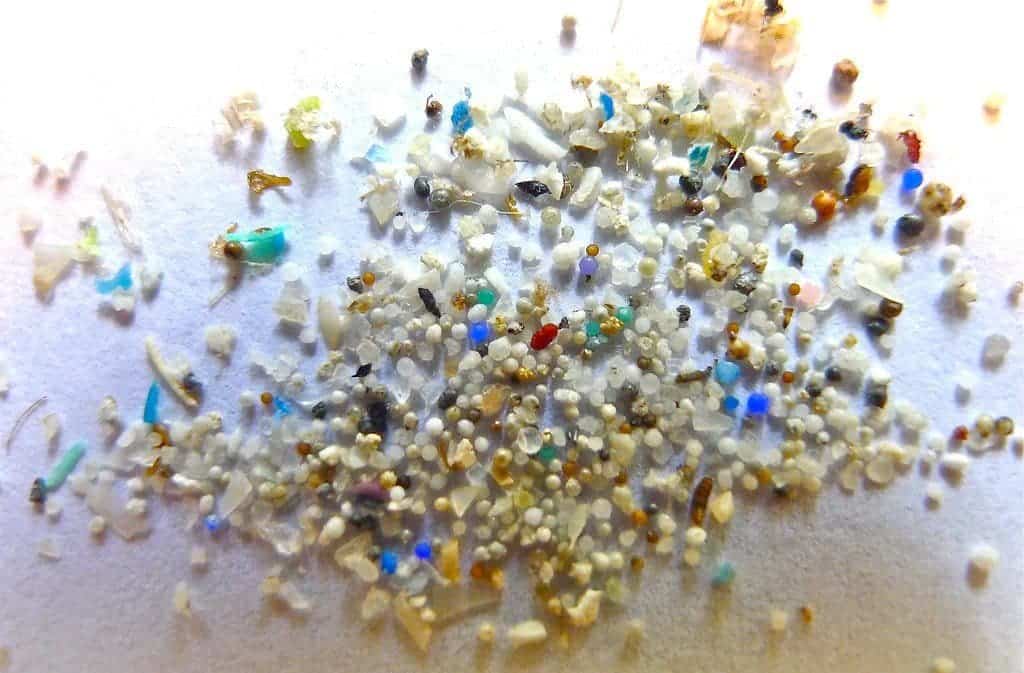The world is becoming increasingly aware of the negative effects of plastics in marine ecosystems. But North America faces a challenge it’s not really familiar with: its understanding of the effects of microplastics on fisheries and humans is less than in other continents, a study showed.

Plastics represent up to 95% of all waste in global oceans and on beaches, and the amount that enters the marine environment grows every year. Plastics never really go away, they just break down into smaller and smaller pieces, until they become what’s known as microplastics. Microplastics have been found in surface water, sediments and in marine organisms, but also in tap water and even in humans. There are warranted fears that microplastics represent a threat to all marine ecosystems as well as human health — and it’s a threat we weren’t aware of until recently.
A group of researchers at Portland State University (PSU), Oregon State University (OSU), and the University of North Carolina-Wilmington (UNC-W) looked at microplastics studies on commercially important fishery species published before March 1, 2019.
Most of the studies found were from Europe, Asia, and South America. This shows, researchers argued, that more research is needed to establish the prevalence, physiological effects, and population‐level implications of microplastics in commercial species from Canada, the United States, and Mexico.
“Because seafood — both aquacultured and wild-caught — are so important to the human diet and culture, it’s really important to investigate microplastics specifically on our continent and not relying on data from another part of the world because environmental conditions can be very different,” said Britta Baechler, a Ph.D. student in PSU’s Earth, Environment and Society program.
In the US, microplastic effects have been researched in only three of the top 10 commercial finfish species. This means more studies are needed to understand microplastic exposure and effects in a larger group of commercially harvested finfish and shellfish species.
Researchers also said there should be more studies that focused on the effects of microplastics on populations or food webs, addressing the current knowledge gap. This could help fisheries and aquaculture managers to predict much better potential population-level issues associated with increased exposure to microplastics.
Finally, the study argued there should be more work on the role of microplastic as an environmental stressor. Oceans are already being threatened by growing temperatures and acidification because of climate change so it would be valuable to understand better those impacts in relation to microplastics.
“We think of North America as a hotspot for scientific research, yet in terms of understanding microplastics — both contamination in our commercial fishery species and understanding effects, we’re lagging far behind,” said Elise Granek, a professor of environmental science and management in PSU’s College of Liberal Arts and Sciences.
What do we know about microplastics?
Microplastics are not only found in the marine environment. They are also eaten by hundreds of species around the world. A 2015 study showed over 690 species had encounters with marine waste through entanglement and ingestion, with 92% of those encounters involving plastic.
The main way organismal microplastic exposure happens is when they are eaten by mistake, thinking they are prey items, or by eating contaminated prey items. Consumed microplastics can transfer across trophic levels and may in predators.
Microplastics have been detected in seafood intended for human consumption. Shellfish, small fish, bivalves, and echinoderms may pose the greatest risks to human consumers because they are usually eaten whole. Only one report has examined human faeces finding that samples contained up to nine different types of plastic






